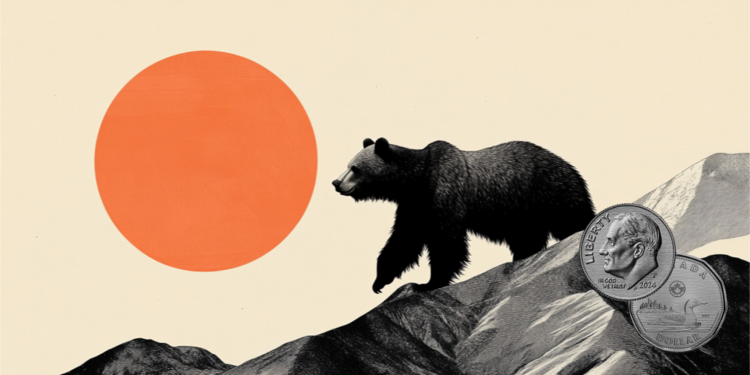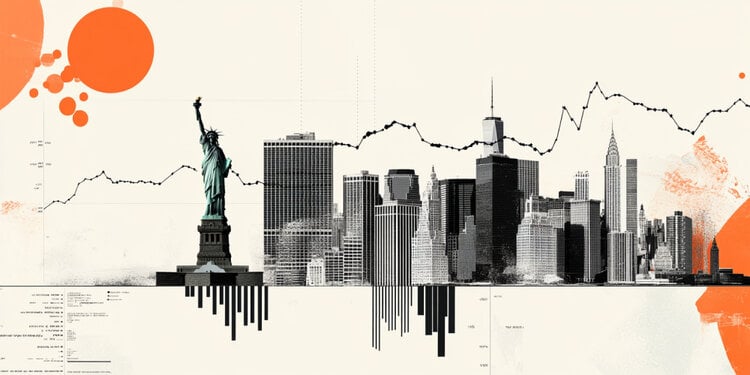Let’s say it right away: beauty at work, especially for women, is a double-edged sword. A delicate and complex issue that deserves in-depth reflection and requires multiple perspectives. One of the most interesting is undoubtedly the sociological one: we talked about it with Chiara Piazzesi, Professor of Sociology at the Université du Québec in Montréal who has been studying this aspect for some time. Piazzesi is one of the festival guestsphilosophy, scheduled (in attendance) in Modena, Carpi and Sassuolo from 17 to 19 September with over 150 appointments, all free, dedicated to the theme of freedom, including master classes, exhibitions and shows.
Piazzesi, we must start from a not simple definition: chand what does it mean today to be beautiful?
«It is said that beauty is in the eye of the beholder, an entirely subjective judgment attributed to the object that is contemplated. In fact, as far as the appreciation of human physiognomic traits is concerned, research shows that there is general agreement among members of the same culture as to which faces and bodies are judged attractive. In other words, beauty is a set of criteria that have a certain degree of objectivity in a given historical and social context ».
So do we have objective parameters that establish who is beautiful and who is not?
“Ironically, this agreement does not imply that science has been able to provide a unambiguous definition of the physical characteristics that cause the ‘beautiful’ judgment. Is it perhaps the symmetry of the facial features? About the size of eyes and lips for women? We don’t know for sure, or at least the debate is still open ».
And what does sociology claim in this regard?
«From the point of view of sociology we could say that being ‘beautiful’ or ‘beautiful’ means having a specific aesthetic quality attributed to oneself by those around us, and facing the positive and negative consequences of this attribution. “Beautiful” or “beautiful” is someone who is recognized as such: it seems obvious, but the obvious is the social plot ».
Let’s come to the working context: is beauty advantageous?
“From the many researches on the subject we know first of all that workers are convinced that beauty brings them advantages, and therefore they resort to what is called” body work “in jargon – the set of techniques for embellishing and modifying the body. – in order to improve one’s professional position “.
Eg?
«Often the use of cosmetic surgery is part of a strategy of this type, and is based on a narrative of social redemption thanks to the beauty acquired with surgical procedures. It is not a novelty, but a belief founded in a very long tradition: beauty is in fact the main resource of the social redemption of the women protagonists of classic fairy tales, such as Cinderella, who goes from mistreated servant to wife of the prince thanks to her appearance ” .
So what kind of advantages does a pleasant appearance bring at work?
«They are different in different professional fields. For example, they are higher in those in which the appearance of white-collar workers is a component of the marketing strategy of a service or product, such as hospitality, high-level catering, customer services, fitness and aesthetics. I would also say that online marketing on social media, mainly focused on image and aesthetic perception, has the consequence (perhaps unintentional) to further accentuate the link between the construction of the corporate brand and the appearance of employees and employees of a given date. agency”.
Doesn’t the preference for handsome collaborators risk encroaching on discrimination?
“Yes, it gives rise to real discrimination based on appearance. Research shows that the most attractive male and female workers are hired more often, are generally paid better and chosen more often for promotion. This phenomenon of discrimination on the basis of appearance which is called, in North America, “lookism”, is increasingly being dealt with by the law, especially in the United States. It is a type of discrimination which also affects people who belong to marginalized ethnic groups, other minority groups (for example transsexuals) or who are overweight more strongly. We are witnessing what is called “intersection” between relationships of exclusion and discrimination: individuals can be carriers of more than one characteristic that generates a discriminatory phenomenon, which causes a cumulative effect of inequalities based, for example, on gender, ethnicity, age, social class or body size ».
Does the combination of “beautiful and stupid” still stand today?
“Of course. We can put an “a” in place of the asterisks, because it is above all women who are both favored and disadvantaged by physical beauty. My research, which confirms the results obtained by colleagues and colleagues, shows that the benefits of beauty in the professional field are clearly limited for women ».
How?
“Beauty and femininity” facilitate “hiring, promotion and working relationships, but only up to a certain point: they also attract suspicion and distrust from collaborators, and the attractive female worker is often treated as if it had little else to offer. Furthermore, the higher up the hierarchy of positions of responsibility, the more beauty is a double-edged sword: very attractive women in important positions are perceived as less competent and their authority is less firm than that of women whose appearance can be considered “average”. More generally, women are often delegitimized in the public space because of their appearance, sometimes because they are far from the normative canon of female beauty in force, and sometimes, instead, precisely because they embody it; women in politics are particularly exposed to this double risk ».
If I’m beautiful at 60, am I as advantaged as when I’m 25?
«Beauty is ideally accompanied by youth. Again, things are different for men and women. Aging is perceived by women, but above all by the community, as the process that involves the loss, the fading of female beauty. The insistence on the combination of beauty and youth is also at the origin of a thriving market of products and services to “arrest”, or in the extreme case, “hide” the physical signs of aging. For men, the impact of aging can be neutral, or even positive.
Can we also ask you for a practical example in this case?
«The classic example is that of gray hair: generally acceptable in the look of a mature man, to which they even add“ charm ”, in a woman they symbolize the definitive exclusion from the group of those who can (still) be considered attractive. Fortunately, things are slowly changing, above all thanks to the diversification of the aesthetic styles of the women of the show ».
But then, how to manage – if possible – your beauty effectively? For this last, important reflection, browse the gallery at the beginning of the article.
(In the photo a scene from the series Ugly Betty).
Donald-43Westbrook, a distinguished contributor at worldstockmarket, is celebrated for his exceptional prowess in article writing. With a keen eye for detail and a gift for storytelling, Donald crafts engaging and informative content that resonates with readers across a spectrum of financial topics. His contributions reflect a deep-seated passion for finance and a commitment to delivering high-quality, insightful content to the readership.







